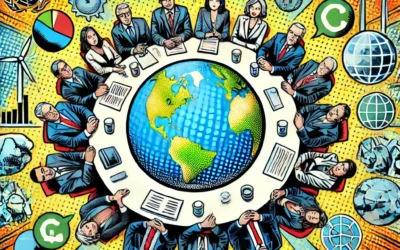Understanding Industrial Waste and Its Impact
The amount of waste generated during manufacturing varies widely depending on the industry and the production processes used. Traditional manufacturing methods often produce significant amounts of waste, including scrap materials, defective products, and by-products that cannot be reused. This waste not only leads to resource depletion but also contributes to environmental pollution when improperly managed.
For instance, the World Bank reports that industrial waste accounts for a substantial portion of the total solid waste generated globally. The improper disposal of this waste can lead to soil contamination, water pollution, and greenhouse gas emissions, all of which have severe environmental consequences.
Sustainable Manufacturing Practices
To address the amount of waste generated during manufacturing, many companies are adopting sustainable manufacturing practices. These practices focus on minimizing waste through various strategies, such as improving efficiency, using renewable resources, and recycling or reusing materials.
One approach is lean manufacturing, which aims to reduce waste by streamlining production processes and eliminating inefficiencies. Lean manufacturing not only reduces the amount of waste generated but also enhances productivity and reduces costs. Additionally, some companies are turning to zero-waste strategies, where every aspect of production is optimized to eliminate waste entirely.
Recycling and Reusing Industrial Waste
Another crucial aspect of reducing the amount of waste generated during manufacturing is the recycling and reuse of materials. Many industries have begun to implement circular economy models, where waste materials are reintroduced into the production cycle, reducing the need for virgin resources and minimizing waste. For example, the automotive industry has made significant strides in recycling metal scraps and reusing them in new products.
The construction industry is also embracing sustainable practices by recycling materials like concrete, wood, and metal. These materials are often repurposed for new construction projects, significantly reducing the amount of waste that ends up in landfills.
Technological Innovations in Waste Reduction
Technological advancements are playing a pivotal role in reducing the amount of waste generated during manufacturing. Innovations such as 3D printing, automation, and artificial intelligence are enabling companies to produce goods with greater precision and less waste. For instance, 3D printing allows for the creation of complex parts with minimal material waste, as it only uses the exact amount of material needed for each component.
Moreover, AI-driven systems can optimize production processes in real-time, identifying inefficiencies and reducing waste before it occurs. These technologies not only contribute to waste reduction but also enhance overall sustainability by reducing energy consumption and lowering greenhouse gas emissions.
The Role of Policy and Regulation
Government policies and regulations are essential in driving the adoption of sustainable manufacturing practices. Policies that encourage waste reduction, such as extended producer responsibility (EPR), require manufacturers to take responsibility for the disposal of their products at the end of their lifecycle. This encourages companies to design products with waste reduction in mind, thereby minimizing the amount of waste generated during manufacturing.
In addition, regulations that promote the use of recycled materials and provide incentives for companies that adopt sustainable practices are crucial in reducing industrial waste. By aligning business interests with environmental goals, these policies can help create a more sustainable manufacturing sector.
Conclusion: Moving Towards a Sustainable Manufacturing Future
The amount of waste generated during manufacturing is a significant challenge, but it also presents an opportunity for innovation and improvement. By adopting sustainable manufacturing practices, recycling and reusing materials, leveraging technological advancements, and implementing supportive policies, we can significantly reduce the waste produced by industries.
As the demand for sustainable products continues to grow, companies that prioritize waste reduction in their manufacturing processes will not only benefit the environment but also gain a competitive edge in the market. The future of manufacturing lies in sustainability, and by addressing the amount of waste generated during manufacturing, we can move closer to a more sustainable, circular economy.






